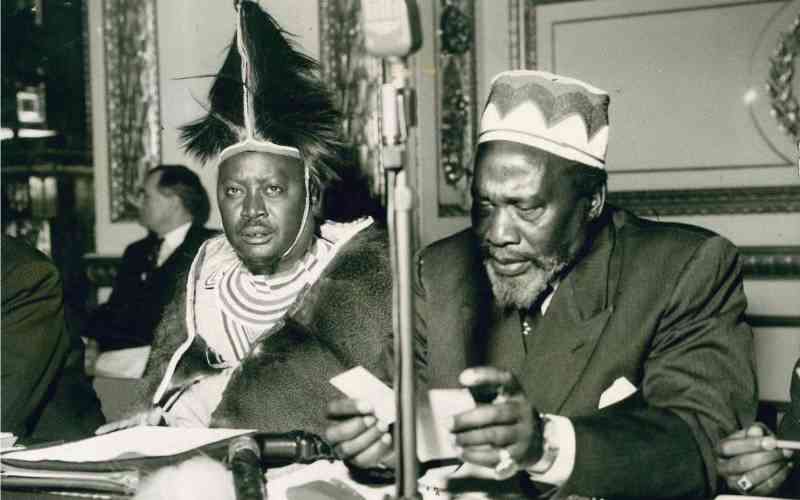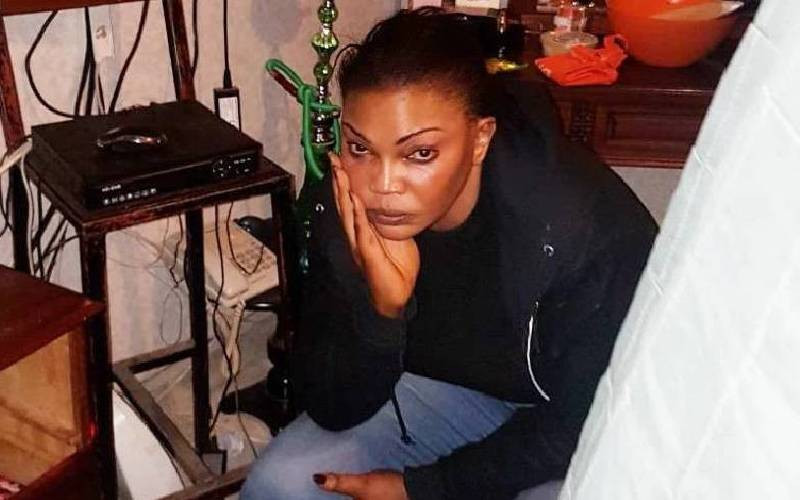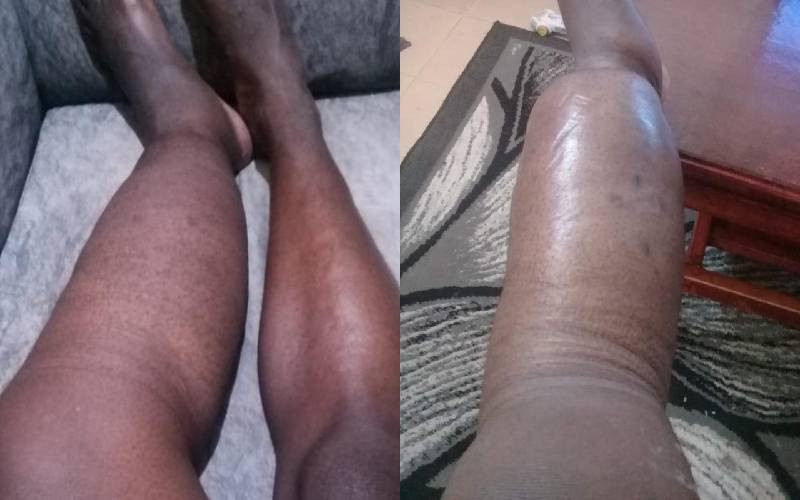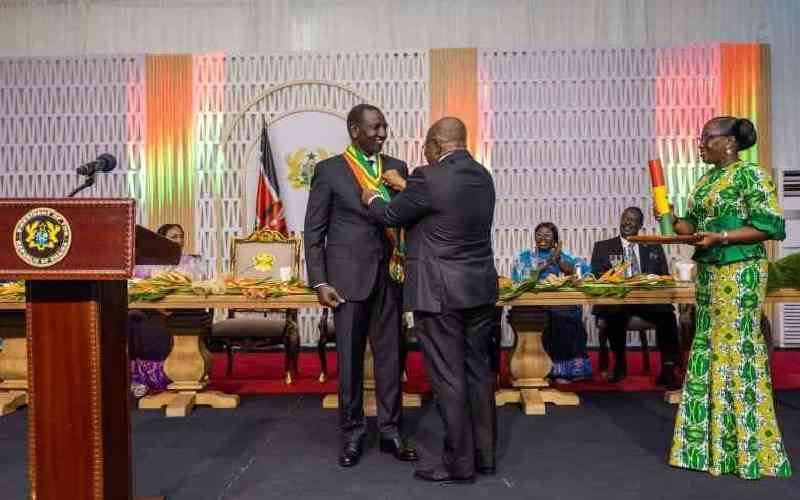Lamu, Kenya: Mpeketoni was created as a settlement in the late 1960s and early 1970s by President Jomo Kenyatta to settle landless Kenyans, mainly from Murang’a and other parts of the former Central Kenya, who were expelled from Tanzania after the collapse of first East Africa Community.
The settlement was centred around a fresh water lake named after the first President of Kenya.
The original inhabitants were Bajuni and Watta who were soon outnumbered by the newcomers. Other tribes including Luo and Akamba also live there.
Mpeketoni township, owes its name to an admixture of Kiswahili “Mpe” meaning “give” and carton (English) — “Mpe katoni”.
Locals say that as the landless settlers got off the lorries that transported them to the settlement with cartons bearing their essentials, the officer-in-charge barked, “Mpe katoni” (give him/her the carton). “Mpe katoni” later evolved to Mpeketoni, the popular name of the settlement.
The township is within the larger Mpeketoni settlement scheme.
The town has three main exit routes and it neighbours Pandanguo Forest to the north. The first exit is towards the south east which heads to Lake Kenyatta. Another exit road heads east to Mokowe while the third heads to west to connect to Witu.
Pandanguo Forest is part of the expansive forest cover that joins Boni Wildlife Forest which goes up to Ijara and neighbours Somalia. This is the forest that the Sunday night attackers are believed to have vanished into after killing 48 people.
Mpeketoni, which served as a model for other State schemes in Witu, Hindi and Mokowe is the centre of Lamu politics due to an increasing population. By June 1977, the Mpeketoni scheme was fully occupied with 3,480 settlement plots covering an area of 14,224 hectares, with one settler’s allocation averaging 10 acres.
Their numbers have grown by leaps and bounds and according to the 2009 census report, the population is nearing 50,000 with the age of the second generation averaging 37 years old.
Despite presence of security personnel bases in the region, there was a poor response from both police and the military, eliciting public outrage.
The attack, which lasted for hours, did not draw any immediate response from police and the military personnel who arrived more than 10 hours after the first attack on the only police station in the area.
Shifta War
There are at least four security bases in the area, with two being military bases, one belonging to the General Service Unit at Mukowe, army bases at Hindi and Witu and a National Youth Service training institution at Baragoni area.
Lamu County experienced the Shifta War, which economically crippled the area until the late 90s when the government managed to contain the fighting.
Stay informed. Subscribe to our newsletter
Between 1963 and 1967, Kenya fought the Shifta War against Somali residents who sought union with their kin in the Somali Republic to the north.
The area is expected to be in the world map economically once the Standard Gauge Railway is completed.
Recently, it has been in the limelight with indigenous communities complaining that the 2007/8 Internally Displaced Persons were being ferried to the area. Locals demanded an immediate stop to the influx of the IDPS.
 The Standard Group Plc is a
multi-media organization with investments in media platforms spanning newspaper
print operations, television, radio broadcasting, digital and online services. The
Standard Group is recognized as a leading multi-media house in Kenya with a key
influence in matters of national and international interest.
The Standard Group Plc is a
multi-media organization with investments in media platforms spanning newspaper
print operations, television, radio broadcasting, digital and online services. The
Standard Group is recognized as a leading multi-media house in Kenya with a key
influence in matters of national and international interest.
 The Standard Group Plc is a
multi-media organization with investments in media platforms spanning newspaper
print operations, television, radio broadcasting, digital and online services. The
Standard Group is recognized as a leading multi-media house in Kenya with a key
influence in matters of national and international interest.
The Standard Group Plc is a
multi-media organization with investments in media platforms spanning newspaper
print operations, television, radio broadcasting, digital and online services. The
Standard Group is recognized as a leading multi-media house in Kenya with a key
influence in matters of national and international interest.








